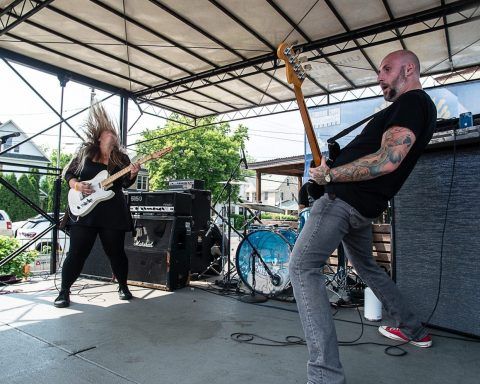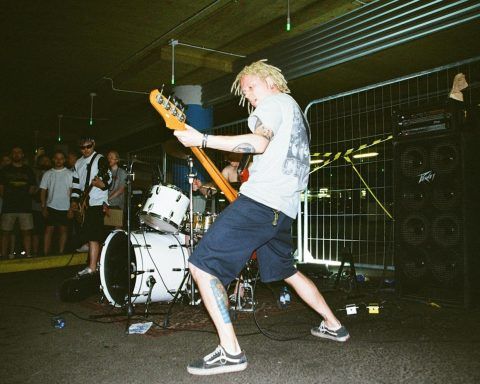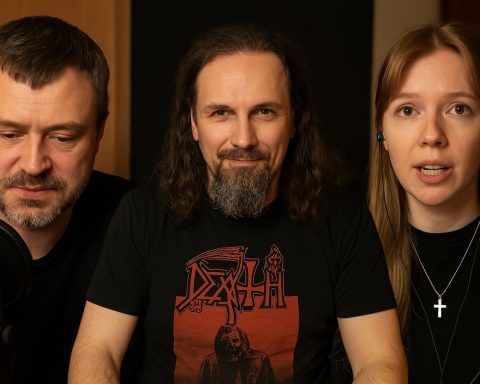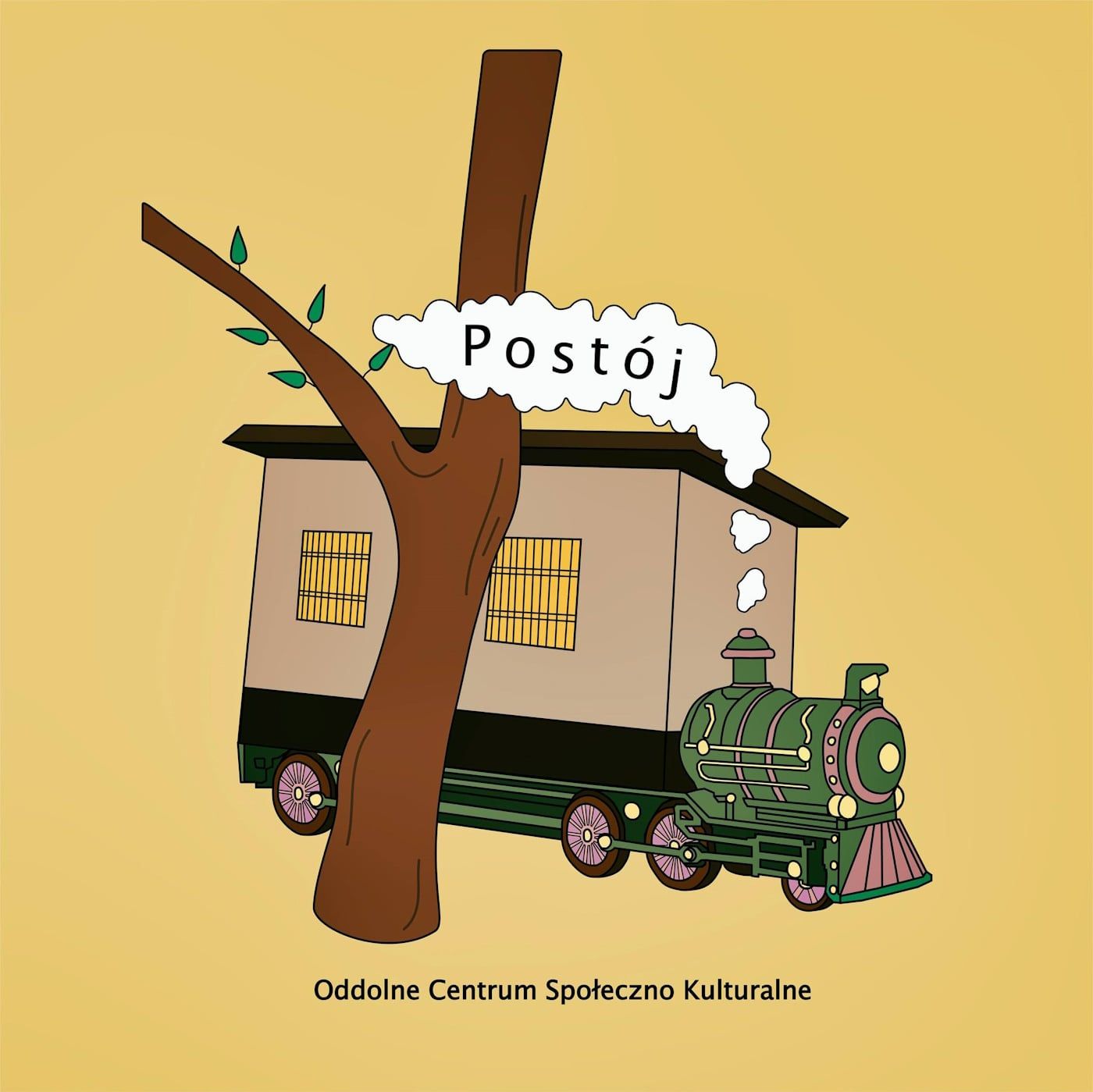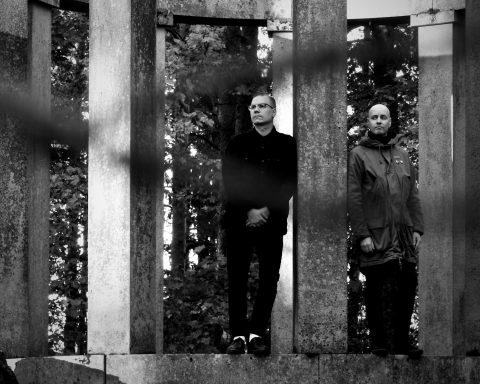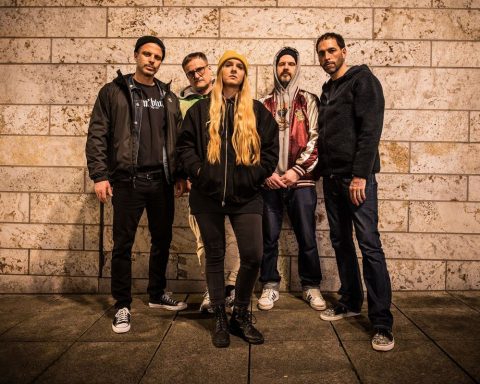In an age where the line between art and commodity is blurred, the richness of creative culture is threatened. As we search for the definitive sound of the 2010s, we find ourselves entangled in the monotony of lo-fi hip hop and the remnants of dubstep. The sterile minimalism that pervades architecture, fashion, and design reflects a broader trend: we are stuck in a cultural loop, seemingly unable to break free.
As My Days With Sound pointed, the music scene that once embraced the raw, unbridled talents of acts like Aphex Twin now feels confined by the growing influence of social media algorithms. True art, with its evocative beauty, imagination, and mastery of craft, competes for attention alongside the superficiality of mass-produced content. The result? A creative landscape where the bold and daring are suppressed in favor of the familiar and profitable.
This cycle is perpetuated by algorithms that cater to our existing preferences, leaving little room for innovation. Aspiring artists who dare to challenge the status quo risk being silenced, their work buried under the relentless flow of commodified content. In this world, even the most promising contemporary Aphex Twin might never be discovered.
The consequences extend beyond music. The increasing commodification of art, design, and culture threatens to dull the vibrancy of our shared experience. The relentless march of AI-generated content fills our minds with vacuous distractions, reinforcing the superficiality that threatens true art.

However, there is hope. The indomitable human spirit craves connection, and it is this innate desire that will ultimately preserve the value of human-generated art. By championing the daring pioneers and rejecting the algorithm’s tyranny, we can foster a more diverse and meaningful cultural landscape.
The future of our creative culture depends on our willingness to challenge the status quo and embrace the unknown. By fostering spaces where new ideas can flourish, we safeguard the possibility of discovering the next Aphex Twin, and in doing so, we preserve the rich tapestry of human creativity.
Some users in the comments section of the YouTube video argued that finding good content is still possible, but it requires actively searching for it and engaging with niche communities. They point out that artists like Aphex Twin had various influences and emerged from a broader community, with their fame partly due to marketing efforts.
Others argue that the decline of adventurous and anti-corporate artists might be linked to legislation changes in the 1990s, leading to media consolidation and a focus on profit-driven content. Users also discuss how artists such as Aphex Twin were able to thrive in the 1990s due to record companies investing in unconventional and innovative music, influenced by the success of bands like Nirvana.
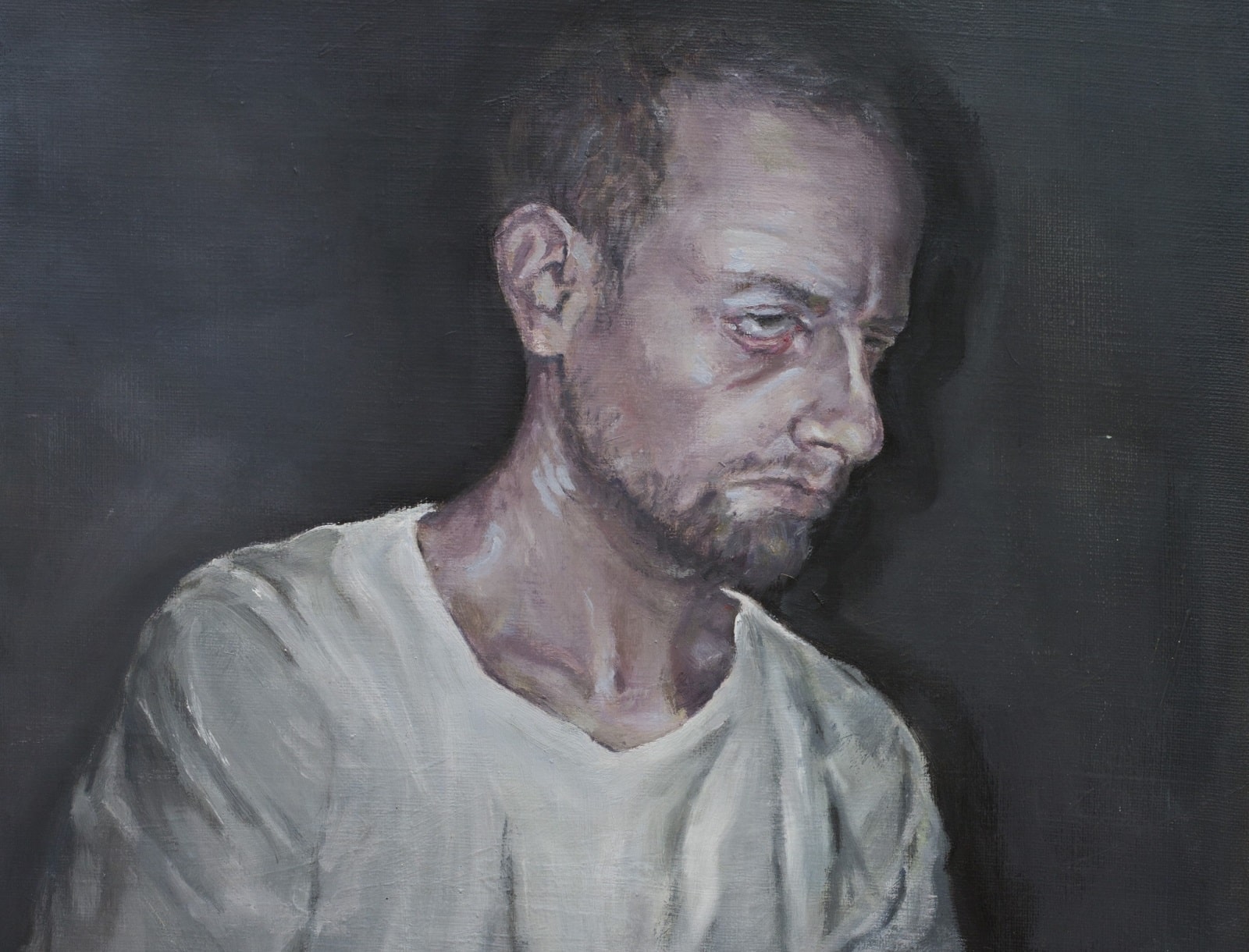
We should also note that the current use of the term “content” may contribute to the devaluation of art and its role in driving cultural change. Some argue that if people care about art, they will find like-minded communities and engage with them, regardless of mainstream culture.
What’s interesting, others point out that Aphex Twin’s success was due to hard work, such as playing gigs, pressing records, and promoting themselves through various channels. This contrasts with the expectations of some artists today, who hope to become famous through a single viral post on social media.

Tahnkfully, while algorithms and the internet have shaped the way people consume and discover music, it is still possible to find meaningful and innovative art by actively seeking out and engaging with niche communities like the one we have right here on IDIOTEQ.




